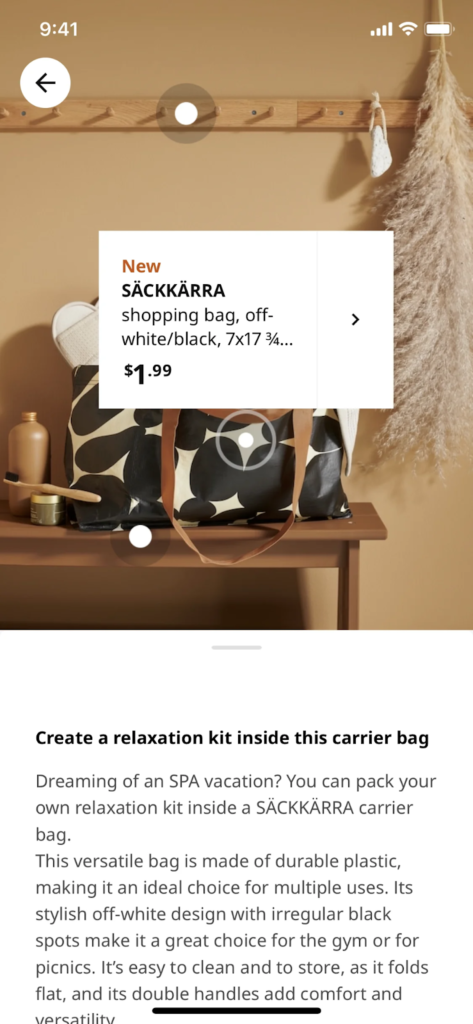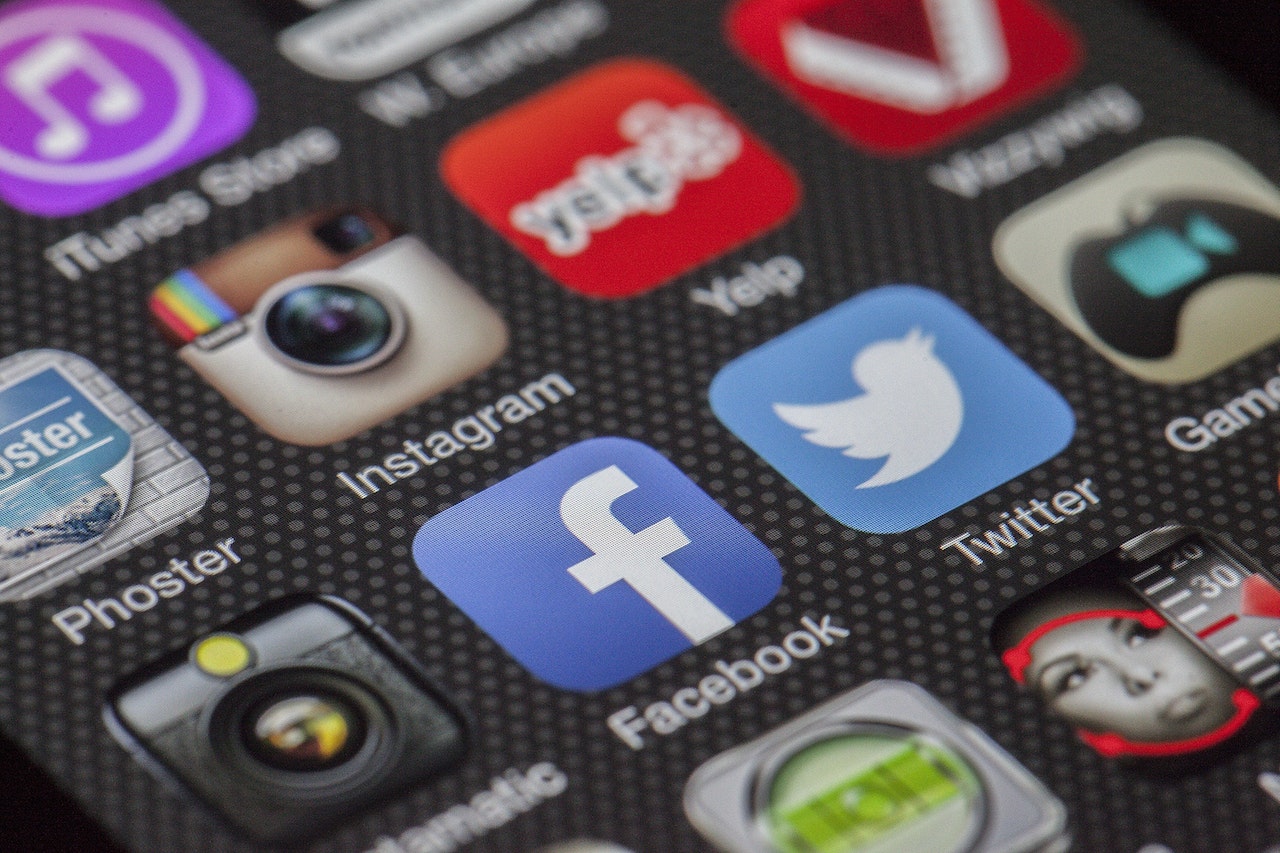10 Essential Mobile App Tips to Increase Loyalty & Engagement
March 9, 2023 - 11 minutes readHow to get ahead with the power of mobile marketing.
We live in a mobile world. For many years, there have been more smartphones on the planet than human beings.
For many consumers, mobile devices are a lifeline to the wider world. They’re vessels for communication, research, productivity, and buying goods and services.
The most effective way of breaking down barriers between your brand and your customers is with a well-crafted mobile app.
As a mobile marketing strategy, the app is the most powerful tool in the virtual box. This year alone, mobile apps are expected to generate a collective $935 billion in revenue. Plus, the average smartphone user interacts with 30 apps every month.
Launching a mobile app will give your consumers a chance to interact with your brand on a deeper level while accessing exclusive content, experiences, and offers. In turn, you will reap the rewards of higher levels of engagement, increased loyalty, and more profits.
If you want to enjoy the brand benefits of launching an app for your retail or eCommerce business, there are certain things to consider. These ten essential mobile app tips will give you the best chances of success.
1. Create a unified vision
For your retail mobile app to be successful, building solid foundations is essential. Without a clear vision of what your app will achieve as well as what you want to offer your customers in terms of experience, your app will be disjointed, inconsistent, and frustrating to your customers.
To create a unified vision, you should conduct a little competitor research. Test your competitors’ apps to see what they’re doing well and any gaps you feel you could exploit. Set one or two core goals (you can expand on these over time)—gathering consistent customer feedback and driving more people to your new landing page, for example—to give your app creation efforts a clear direction.
2. Be consistent with your branding
Expanding on our last point: To ensure everything is smooth and consistent throughout your app, you should focus on its general look and feel.
Your app should provide an engaging brand experience, so it’s important that your editorial style, color scheme, and visual elements (graphics, logos, animations, videos, and imagery) look good and are 100% consistent across the board.
Read: 10 tips on creating a strong visual identity for your brand to ensure your mobile app looks epic.
3. Map your journey
With a clear-cut vision and your visual assets in place, you should map out your end-to-end customer journey.
When you’re doing this, you should break your app into smaller stages or “flows” of the journey to make sure nothing gets missed. Here are some of the “flows” to explore:
- Sign-up journey
- Search and browsing functions
- Product page interactions
- Check-out journey
Tools like Miro and Figma will help you create maps or wireframes of your apps, or you can use an old-fashioned pen or paper. This video will help you with your efforts:
4. Sweat the UX & microcopy
In addition to your visual branding and “flows,” getting your messaging right throughout the app is vital. If your copy is dull, confusing, or inconsistent, your customers will leave your app and never return.
Look at every single part of your app’s journey and consider where you need to put small pieces of text or messaging. These snippets are commonly known as UX or microcopy.
UX or microcopy not only makes your app 100% easier to navigate but also gives it personality, engaging your users in the process.
Read: Essential UX and microcopy writing tips to drive conversions and increase sales to inspire and engage with your mobile app copy.
5. Tell stories
“Storyifying” your app will help users get more up close and personal with your brand while presenting opportunities to serve up interesting content that builds trust and inspires engagement.
You can create app stories by building a strong narrative (a beginning, middle, and end) within some of your app flows. For instance, if you have a section of your app where your users can browse a carousel of products, you could have an introduction page, followed by descriptions of your products, and finished off with a CTA to “find out more” or “get a closer look.”
 Screenshot
Screenshot
Flatpack pioneer IKEA focuses on brand storytelling throughout its app to keep users engaged in its mission and various products. The above example showcases IKEA’s informative yet conversational tone of voice. This app product page explains the exact practical benefits in a fun way, and additional tools in the flow allow users to explore the shopping bag in more detail.
6. Be personal
One of the biggest benefits of launching your own retail or eCommerce mobile app is that you can offer your customers a personalized experience.
By creating tools that allow your customers to set their personal preferences in-app, you can serve them personalized product deals or recommendations at points in their journey when they’re most likely to engage.
Another powerful way to spark continual engagement and offer a personalized app experience is by giving your customers the chance to enable push notifications. You’ll be able to send them timely offers and content at the times they’re most likely to interact.
Not only will this inspire your users to complete an action, but it will also make your app feel tailored to the individual.
7. Serve up exclusive content
One of the biggest perks of a mobile app is a sense of exclusivity.
If you make it clear that by signing up to your app, customers will get access to exclusive content and incentives, and you’re likely to see your subscription rates soar. Just make sure you deliver on your promises. For your inspiration, exclusive in-app content usually comes in the form of:
- Behind-the-scenes brand footage
- Early-bird product releases and unveilings
- Editorial articles not available on your general desktop or mobile site
- In-app loyalty rewards, deals, news, discounts, and promotions
Give your non-subscribers a serious sense of FOMO (fear of missing out), and you’ll reap maximum brand-boosting rewards from your mobile app efforts.
8. Try gamification
Apps are interactive. To enjoy the best possible return on investment (ROI) from your mobile app, serving up interactive features is essential.
Gamification is one of the most powerful interactivity tools for driving in-app engagement. By creating game-like features like polls, quizzes, “find the hidden icon,” “spin the wheel to win,” or even mini arcade-style adventures, you will make your app incredibly fun. People will come back to play, and they may even encourage their friends to do the same.
 Screenshot
Screenshot
Language learning app Duolingo is a prime example of successful gamification. To make the app more fun and the learning process more engaging, Duolingo offers mini-games, quizzes, and a host of achievement badges. Not only does this build trust, but it also keeps users motivated while inspiring them to buy extra products or services.
9. Place call to action (CTA) buttons in the right places
To direct your users to the right place at the right time, it’s important to add CTA buttons or actionable messaging at the right times throughout the app.
By placing a CTA button at a logical point on every page, you can direct your customers to the right places at the right times. Doing so will weave your entire app journey together while improving the overall user experience (UX), inspiring loyalty in the process.
Your CTAs could direct customers to specific products or pieces of exclusive content—to your support channels, to interactive games, to feedback polls, or to personalized incentives. The choice is yours—just make sure there’s somewhere helpful or rewarding to go to at every key point within the app.
10. Gather feedback. Listen. Evolve.
Last but certainly not least in our essential mobile app tips: to enjoy sustainable success, you have to continually tweak and evolve your efforts.
What engages and inspires today may not have as much impact tomorrow. So, to keep reaping brand-boosting rewards from your app, you should frequently test it while gathering data and feedback. Armed with the right data and intelligence, you’ll have the insight you need to make improvements and updates that continue to engage and inspire your customers.
“Your mobile device has quickly become the easiest portal into your digital self.” —Phil Nickinson
Work through these essential mobile app tips, and you will accelerate your business growth while putting your brand on the map.
Best of luck, and for more pearls of professional wisdom, read our essential guide on improving your store’s user experience (UX) offerings.
